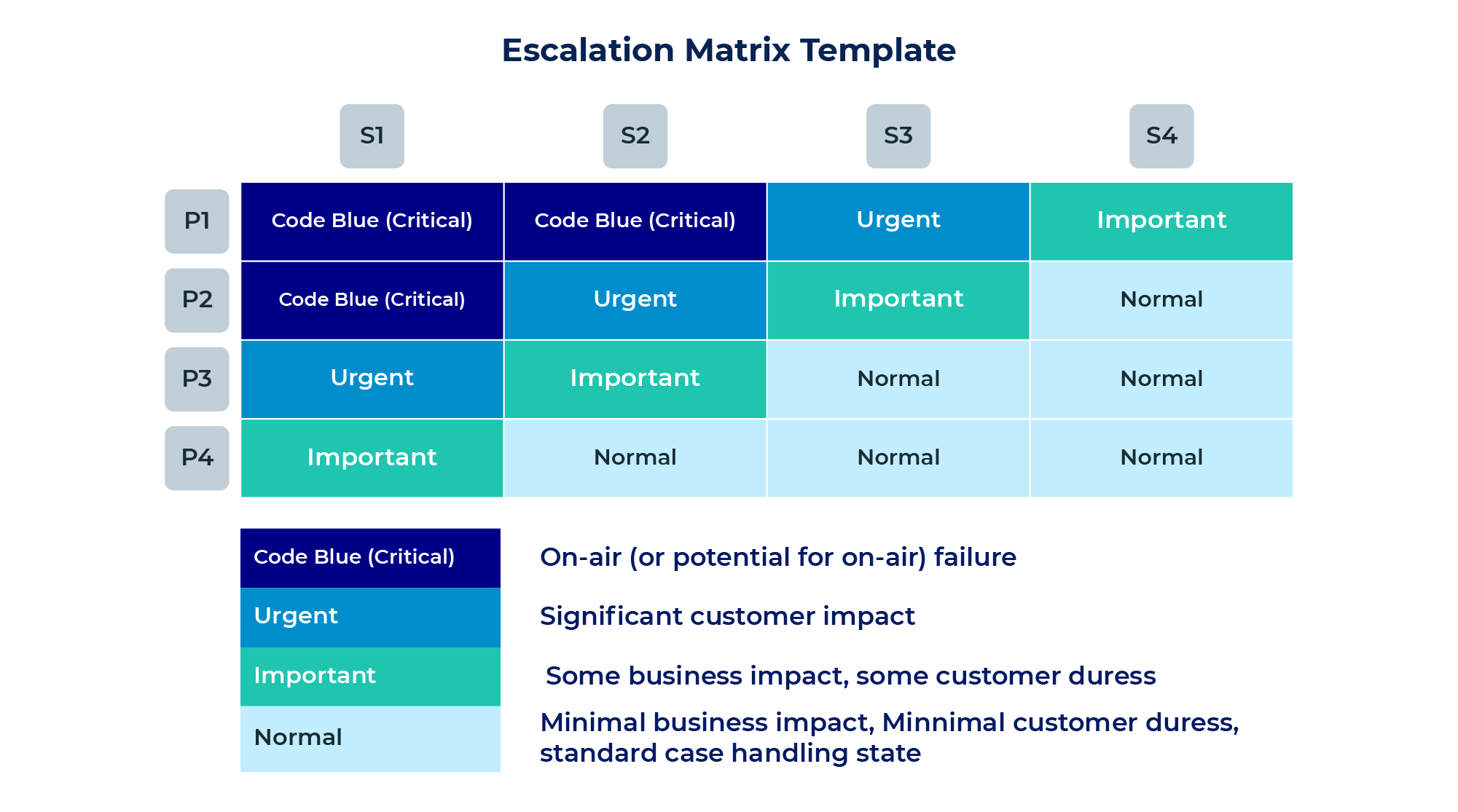
A customer demanding a one-on-one with the manager is the most terrifying scenario for support representatives. However, conflict is inevitable in support business because irrespective of how irrefutable your customer service is, you cannot please everyone all the time. Occasionally, customers will be unhappy and demand to connect with the manager. The situation only gets worse if you mismanage or overlook such requests. This is where escalation management comes into the picture.
What is Escalation Management?
Escalation management is the process by which a customer’s complaint or issue is presented to a specialist or senior company representative — usually an L2 agent, supervisor, or manager. In an ideal world, every call center aims for a zero percent escalation rate. However, we are apprised of the fact that the lives of support reps and managers are not this simple.
Why is it Important to Predict & Prevent Escalations?
The ability to predict an escalation empowers support mavens to diffuse a potential problem in time; thus, maintaining brand credibility and customer satisfaction. Let’s see how.
1. Escalations are Expensive
Escalations don’t just take a toll on the resolution time but other resources as well. However, you can save a fortune by anticipating escalations and minimizing their repercussions. Additionally, stand to gain a competitive edge through improved cost-advantages.
Escalated cases cost 10-20 times more than an average case.
2. Escalations Hamper Agent Productivity
Escalations of simple and routine cases due to disintegrated knowledge and poor findability only draw away L2 agents’ attention from strategic tasks and high-value engagements. Therefore, it is of paramount importance to have a single, unified gateway for disparate data silos so that the right help-content is available to support reps at the right time.
TSIA revealed that 28 percent of CSM’s time is wasted in reactive escalations.
3. Escalations Increase Churn Rates
Regardless of whether an escalation is under an agent’s control or not, it negatively impacts the overall customer experience, leading to a dip in CSAT score and a rise in customer churn.
91 percent of unhappy customers don’t even give you a second chance; they simply switch brands without lodging a complaint.
Best Practices to Curb Support Escalations
Here are a few tried-and-tested practices that work the best for anticipating escalations and minimizing their cost.
1. Define an Escalation Management Policy for SLA Breaches
A Service Level Agreement (SLA) in customer support determines the time for an incoming case to be acted upon and resolved. Needless to say, as a support manager, you would have defined multiple SLA policies to ensure timely solution to a customer complaint. However, a robust escalation mechanism needs to be in place if any of these policies are violated.
An effective escalation management policy understands the context and sentiment of a complaint to prioritize it accordingly. Then, it routes the ticket to the right person who can bring the situation under control. Some of the high priority cases, including grievances raised on social media, must be immediately assigned to the senior-most managers; while the lower priority cases can be taken care of by team leads or senior agents.
2. Design an Escalation Matrix
You need a predefined structure to manage escalations at different levels and avoid any last minute chaos. This is where the escalation matrix kicks in. Defining an escalation path, it takes away the uncertainty about who to contact on management level for various types of issues — technical help, resource shortages, delivery problems etc.

3. Perform Root Cause Analysis
By identifying the root cause of escalations, you can keep future escalations in check. For example, consider an escalation where the agent was dependent on another department for a solution. But since s/he didn’t hear from them on time, the case couldn’t be closed in time. In such a scenario, the onus is on the other team for the delay, and they should be trained for proactive communication and better complaint handling.
4. Instill a Sense of Empathy Into Your Team
As Maya Angelou once said, “I’ve learned that people will forget what you said, people will forget what you did, but people will never forget how you made them feel.” We’ve mentioned this before that conflicts are inevitable. But the way you handle them is what really makes all the difference.
Disgruntled customers expect a certain degree of empathy and transparency from the agent handling their concerns. Train your team to be empathetic and communicate with absolute clarity. Give realistic solutions and reasonable resolution ETAs. As a manager, you should also closely monitor the cases escalated in the past by your team to identify the potential areas of improvement.
Escalation Predictor – One-Stop Solution to All Your Escalation Troubles
Escalation Predictor is an AI-powered app that performs situational analysis and gives valuable case insights for effective and efficient escalation management. It facilitates intelligent triaging to connect you to the best agent right off the bat. Furthermore, it leverages NLP and NLU to interpret negative emotions in case descriptions or comments so that preemptive measures can be taken based on the priority of cases. To know all the nitty gritty details about Escalation Predictor, request a free demo today!
















